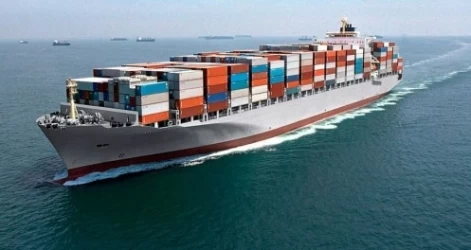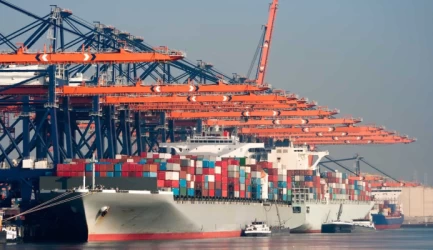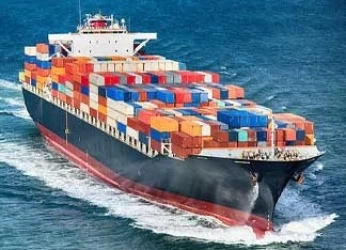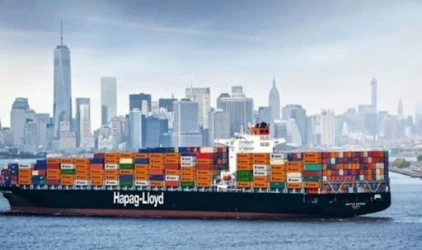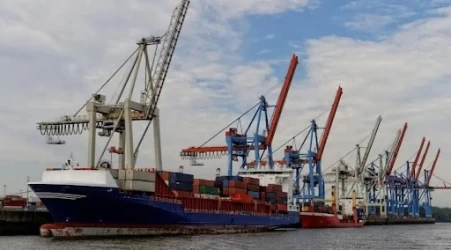Guide to trade with Saudi Arabia, sea freight
Saudi Arabia, the largest country in the Middle East, has a significant role in the global economy, particularly in the oil and gas sectors. As part of its Vision 2030 plan, the Kingdom is diversifying its economy, creating new opportunities for international trade. This article explores the various aspects of trading with Saudi Arabia, including opportunities, challenges, and the role of maritime transport in facilitating trade.
1. Economic Overview of Saudi Arabia
Saudi Arabia possesses the world’s second-largest proven oil reserves and is a leading exporter of petroleum. While oil has been the cornerstone of the economy, the Saudi government is actively working to reduce its dependence on oil revenue. The Vision 2030 initiative aims to promote economic diversification, enhance public service sectors, and develop a more sustainable economy. Key sectors include tourism, renewable energy, mining, and manufacturing.
2. Opportunities for Trade with Saudi Arabia
- Oil and Gas Industry: Given its vast resources, there are ample opportunities for businesses involved in oil extraction, refining, and distribution. Companies can export specialized equipment, technology, and services to support this sector.
- Construction and Infrastructure: With several mega-projects underway, including NEOM and other developments, there is a high demand for construction materials, machinery, and expertise. This sector is crucial to the Kingdom’s push towards urbanization and economic diversification.
- Tourism: As part of its Vision 2030, Saudi Arabia is investing heavily in tourism infrastructure, aiming to attract millions of visitors annually. This opens doors for hospitality, travel services, and entertainment businesses.
- Technology and Innovation: The Kingdom is keen on adopting advanced technologies across various sectors, creating opportunities for IT companies, software development, and tech startups.
3. Challenges in Trading with Saudi Arabia
Despite the potential, trading with Saudi Arabia presents certain challenges:
- Regulatory Environment: The business landscape in Saudi Arabia can be complex due to stringent regulations and bureaucratic processes. Companies must navigate local laws, import restrictions, and compliance requirements.
- Cultural Differences: Understanding the local culture and business etiquette is essential for building relationships. Trust and personal connections are vital in Saudi business practices.
- Market Competition: The growing interest from foreign companies means that the market is becoming increasingly competitive. Businesses must have a well-defined strategy to establish themselves.
- Political and Economic Risks: While Saudi Arabia is stable, regional tensions and fluctuating oil prices can affect the business climate. Companies should conduct thorough risk assessments before entering the market.
4. Maritime Transport to Saudi Arabia
Maritime transport is a crucial component of trade with Saudi Arabia, given its strategic location and significant coastline along the Red Sea and Arabian Gulf. The major ports include Jeddah, Dammam, and Jubail, which play pivotal roles in the import and export of goods.
4.1 Steps for Maritime Transport to Saudi Arabia
- Choose the Right Port: Depending on the type of goods and final destination, selecting the appropriate port is crucial. For industrial and oil-related products, Jubail and Dammam are often preferred.
- Prepare Shipping Documents: Companies must ensure that all shipping documents are accurate and complete. This includes the bill of lading, certificate of origin, commercial invoice, and insurance documents.
- Customs Clearance: Understanding the customs regulations in Saudi Arabia is essential. Businesses should work with local customs brokers to facilitate the clearance process and ensure compliance with all regulations.
- Insurance for Shipping: Given the risks associated with maritime transport, insuring goods in transit is advisable to protect against potential losses due to damage or theft.
4.2 Advantages of Maritime Transport
- Cost-Effectiveness: Maritime transport is often more economical than air freight, especially for bulk and heavy cargo.
- High Capacity: Cargo ships can carry large quantities of goods, making it suitable for extensive shipping needs and reducing the frequency of trips.
- Safety: Shipping via established maritime routes is generally safe, with stringent safety standards and insurance options available.
4.3 Challenges of Maritime Transport
- Longer Transit Times: Shipping by sea usually takes longer than air transport, which can be a disadvantage for businesses needing quick deliveries.
- Port Limitations: Not all ports in Saudi Arabia are equipped to handle every type of cargo, so careful planning is required.
5. Working with Logistics and Shipping Companies
Partnering with reputable logistics and shipping companies familiar with the Saudi market can significantly streamline the process of maritime transport. These companies can assist with transportation, customs clearance, and documentation, reducing the burden on businesses.
6. Conclusion
Engaging in trade with Saudi Arabia offers significant opportunities, especially in light of the Kingdom's economic diversification efforts. Maritime transport is a vital aspect of this trade, providing an efficient means to import and export goods. By understanding the local market dynamics, regulatory requirements, and effective logistics strategies, businesses can successfully navigate the complexities of trading with Saudi Arabia and capitalize on its burgeoning economy.
If you have any specific questions or need further assistance, feel free to ask!







